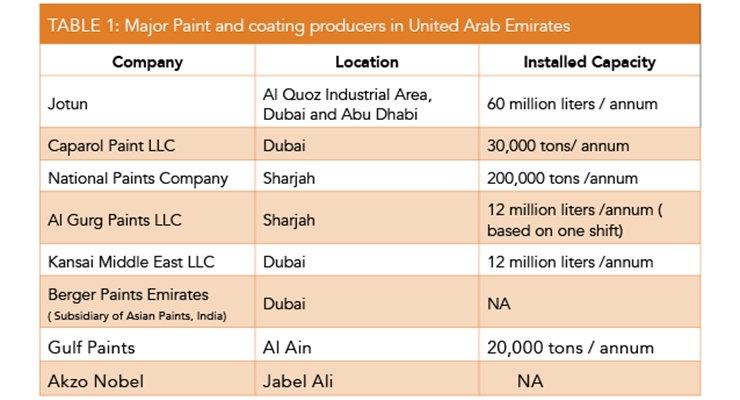Uncover The Tricks To Accomplishing A Specialist Result In Your Outside Paint Job By Recognizing The Influence Of Weather Elements
Uncover The Tricks To Accomplishing A Specialist Result In Your Outside Paint Job By Recognizing The Influence Of Weather Elements
Blog Article
Team Writer-Walls Thuesen
Comprehending how weather conditions can affect the result of an external painting undertaking is critical for attaining a remarkable finish. From temperature level variations modifying paint attachment to moisture levels impacting drying out times, each component of climate plays a substantial function in the success of your task. Moreover, wind rate and rainfall can introduce unforeseen difficulties that might compromise the top quality of the final result. As we browse through the subtleties of climate's influence on outside paint, it ends up being obvious that careful preparation and strategic timing are essential for making sure a specialist and durable end result.
Perfect Temperature Level Array for Paint
When thinking about outside paint jobs, the excellent temperature range plays a crucial duty in accomplishing optimum outcomes. Painting in the best temperature conditions makes sure that the paint sticks appropriately to the surface, dries out uniformly, and remedies properly. Typically, the advised temperature level variety for outside paint is in between 50 to 85 levels Fahrenheit.
Paint in temperatures below 50 degrees Fahrenheit can lead to issues such as bad paint adhesion, long term drying times, and an enhanced likelihood of breaking or peeling.
On the other hand, painting in temperatures over 85 degrees Fahrenheit can trigger the paint to dry also promptly, causing blistering, bubbling, and an irregular finish.
To attain the most effective outcomes, it is necessary to inspect the weather report prior to starting an exterior painting job. Preferably, aim to paint throughout moderate weather with modest temperatures and reduced moisture levels.
Effects of Moisture on Paint Drying
Moisture degrees considerably influence the drying out process of paint applied to exterior surface areas. High humidity can lengthen the drying out time of paint, bring about possible issues such as trickling, spotting, or even the formation of bubbles on the repainted surface area. Commercial Interior Painter in the air decreases the evaporation of water from the paint, impeding the curing process. This is particularly bothersome for water-based paints, as they rely upon evaporation for drying out.
On the other hand, low humidity degrees can likewise influence paint drying out. Exceptionally completely dry problems might trigger the paint to completely dry also rapidly, resulting in poor bond and a rough surface. In such cases, including a paint conditioner or spraying a fine haze of water airborne can aid regulate moisture levels and improve the paint end result.
To ensure https://www.homesandgardens.com/interior-design/room-color-ideas drying problems, it is suggested to paint when the moisture degrees range in between 40% and 50%.
Surveillance moisture levels and taking appropriate procedures can assist achieve a smooth and resilient paint coating on exterior surface areas.
Wind and Precipitation Factors To Consider
Wind speed and precipitation are essential elements that substantially influence the success of an external painting task.
When https://housepainternearme78877.targetblogs.com/32454619/boost-your-office-the-requirement-of-employing-a-business-painting-contractor-for-your-company comes to wind, both rate and instructions are essential considerations. High wind rates can cause paint to dry too rapidly, leading to a below average do with prospective problems like breaking or unequal structure. Additionally, wind can carry debris that may adhere to the damp paint, bring about flaws. As a result, painters ought to intend to work with days with light to modest winds for optimum paint problems.
On the other hand, rainfall, whether rain or snow, can be extremely detrimental to the end result of an outside paint project. Wetness from precipitation can impede paint adhesion, causing peeling and bubbling over time. It is crucial to stay clear of painting during wet or snowy weather condition to ensure the durability and quality of the paint work. Painters should likewise allow sufficient time for the surface to dry extensively after any precipitation prior to beginning or resuming the paint process.
Verdict
Finally, weather play a significant function in the outcome of an external paint project. The excellent temperature level range, humidity levels, wind rate, and precipitation all contribute to the success or failing of the paint work.
It is necessary to think about these factors and plan accordingly to make sure appropriate paint bond, drying out times, and general top quality of the ended up item.
